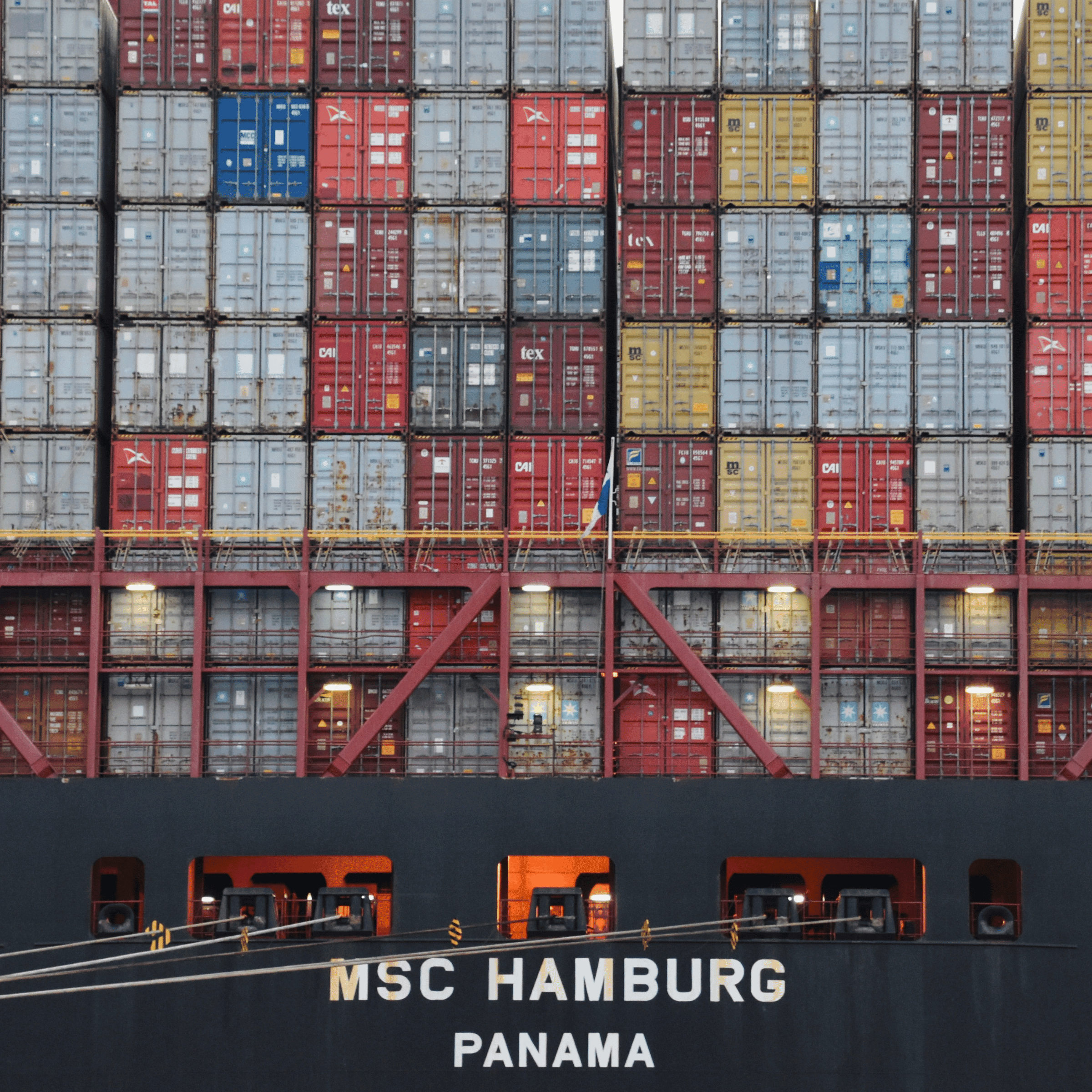Return Merchandise Authorization (RMA) is an essential part of the retail and manufacturing process, allowing customers to return products for refunds, replacements, or repairs during the warranty period. It’s a critical element of reverse logistics, serving as the final opportunity for vendors to address any customer issues before the customer relinquishes ownership of the product for good.
The management of returned merchandise is crucial as it can have a second lifecycle after being returned. RMAs can be minimized by various methods such as customer surveys, reducing transaction errors, and providing thorough product information to reduce the likelihood of returns. Additionally, there is a process known as Return to Vendor (RTV), where goods are returned to the original vendor instead of the distributor, which may involve the end consumer returning the product directly to the vendor.
There are three main types of RMA:
1. Full Refund: Customers return items for a full or partial refund.
2. Exchange: Customers exchange an item for another of equal or lesser value, sometimes incurring restocking fees or paying the cost difference.
3. Store Credit: Customers receive a voucher to use at the retailer’s location instead of a direct monetary refund.
Effective RMA processes are not only about having a system in place but also about utilizing it to its full potential. Best practices in handling RMAs include separating physical and accounting processes for merchandise return, utilizing RMA software, and dividing warehouse operations responsibilities to minimize errors and ensure accurate inventory management. Understanding the reasons for returns and the condition of the returned item is crucial to determining its future, whether it be disposal, repackaging, or repair.
Preparation for returned merchandise, especially when automated processes are involved, requires the receiving facility to be ready for the item’s arrival. For example, tracking information for merchandise with RFID tags must be entered into the system before the item arrives, preventing errors and loss.
Furthermore, the physical handling of the return is often facilitated by key equipment such as handheld scanners and automated scanning software, which expedite the process by quickly identifying received items. Integration with a Warehouse Management System (WMS) enables the automatic triggering of subsequent events like stocking or repair, once an item arrives.
In conclusion, RMAs are vital for customer satisfaction and operational efficiency. Companies must implement a well-structured RMA process that includes learning from returns to prevent future issues, using the right technology to manage returns effectively, and preparing the warehouse for efficient handling of returned goods to maintain a healthy bottom line and a positive customer experience.






